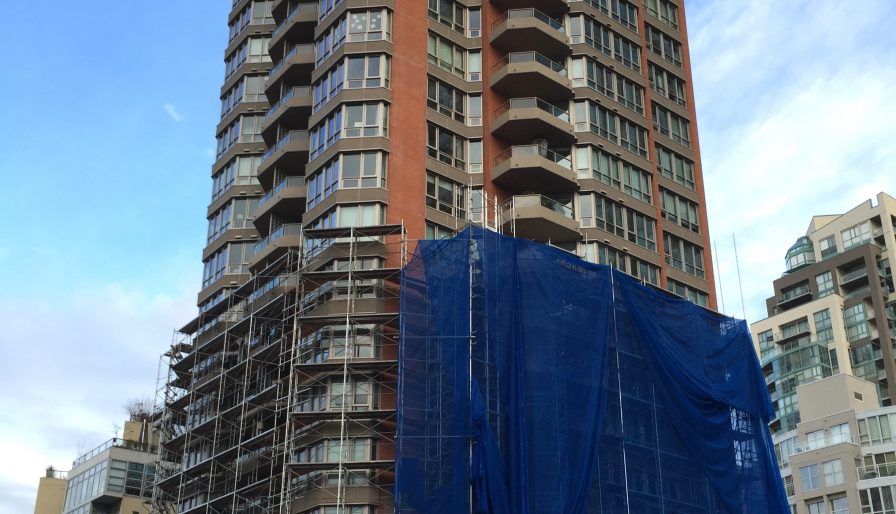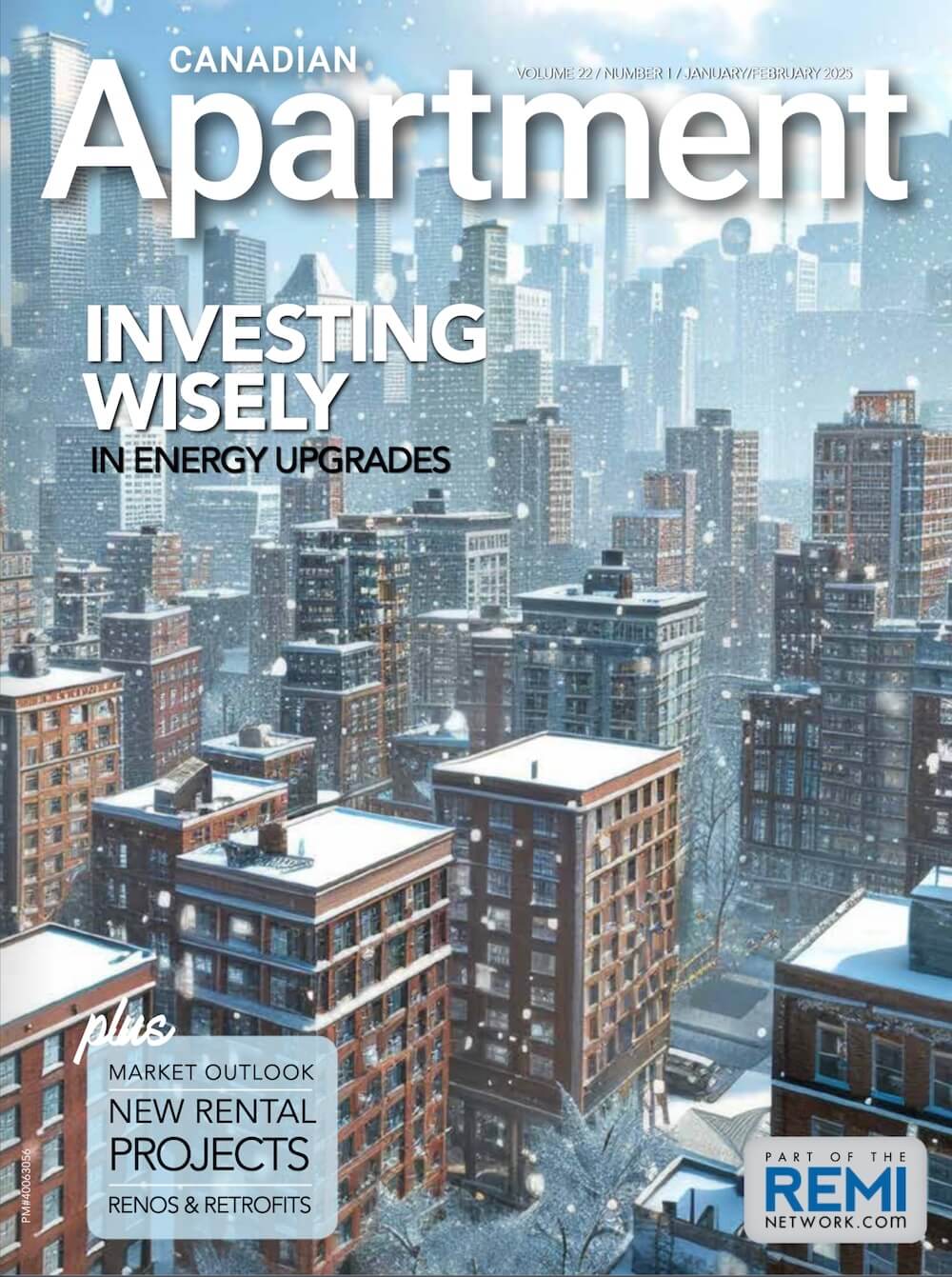Canada’s apartment sector has come a long way in terms of sustainable design and construction. With large commercial buildings now accounting for 13 per cent of Canada’s Greenhouse Gas (GHG) emissions, developers and owners are seeking ways to lower their carbon footprint and build healthy, resilient, cost-effective structures that decrease the negative impacts on the environment.
 In fact, sustainability objectives are largely driving today’s commercial design and construction projects—and given the building envelope is an essential component that serves to protect the interior of a structure while facilitating climate control (keeping the occupants both safe and comfy), its importance cannot be understated.
In fact, sustainability objectives are largely driving today’s commercial design and construction projects—and given the building envelope is an essential component that serves to protect the interior of a structure while facilitating climate control (keeping the occupants both safe and comfy), its importance cannot be understated.
Broadly speaking, achieving a sustainable building envelope means avoiding resource depletion of raw materials, energy, and water, to prevent environmental degradation caused by operation demands of buildings and their infrastructure throughout their life cycle. It’s a complicated pursuit with long-lasting benefits that impact all aspects of an apartment building.
Here, RJC Engineers shares six principles of sustainable building envelope design that are driving the industry forward.
- Designing for resilience – “a tough skin”
Just like we say that someone who can withstand whatever life throws at them has a “tough skin”, a similar thing might be said of a building envelope. A resilient building envelope is designed to factor in the changing climate conditions on our planet, as well as the current local conditions of the area like moisture, humidity, wind, and temperature fluctuations. These climate patterns and projections influence the materials of construction and the long-term energy performance strategies for the building, ensuring that interior comfort is protected while energy demands of heating and cooling systems are minimized.
2. Optimizing energy use – “the right jacket”
Wearing the right jacket will keep us warm in the winter and block out damaging sunrays in the summer. Similarly, the right building envelope will protect the interior space from the exterior climate, resulting in less consumption of resources. A sustainable envelope relies on efficiency and passive design measures for its operation as much as possible and includes features like spectrally selective glazing, thermal insulation, solar shading devices, building integrated photovoltaics (BIPV) and passive ventilation to meet or exceed applicable energy performance standards. The building commissioning process includes the building envelope to determine that performance requirements related to energy efficiency, such as air tightness, are met.
3. Use of sustainable materials – “healthy food”
If eating healthy food keeps our bodies healthy, then building from sustainable materials keeps our buildings and planet healthy. Sustainable building envelopes should be constructed using materials that optimize service life and minimize life-cycle environmental impacts. Considerations include length of service life, global warming potential of materials, resource depletion, human toxicity, as well as embodied energy and GHGs due to materials acquisition, manufacturing, packaging, transportation, installation, use and reuse/recycling and disposal. The goal is to eliminate materials that have a short service life, are pollutants or toxic, and consider the use of building envelope assemblies that can be deconstructed and re-used at the end of the building service life.
4. Enhancing indoor environmental quality – “sunshine and clean air”
The indoor environmental quality of a building has a significant impact on occupant health, comfort, and productivity. Increased airtightness and better thermally broken systems help control energy losses but must be met with corresponding improvements in ventilation and indoor quality. Daylighting is an important feature of indoor environments, and energy efficiency can be maintained by using high performance glazing systems that control energy flow while maintaining high levels of visible light transmission. Even when inside a building, or maybe especially when inside a building, we still want to see some sunshine and breathe clean air.
5. Optimizing operational and maintenance practices – “regular workouts”
Kind of like how it takes regular exercise to improve our fitness levels, incorporating operations and maintenance considerations into the design of a building envelope contribute to operational efficiency over its lifetime. Building occupants and operators should be appropriately trained in a comprehensive preventative maintenance program to keep all building systems associated with the building envelope functioning as designed.
6. Retrofitting existing buildings – “getting a physical, new wardrobe and a make-over”
Things are not as they used to be. Building practices have changed, and so has our climate. Canada needs to retrofit many of its existing buildings to achieve our GHG emissions commitments. Building envelope retrofit strategies have evolved to the point where buildings can be retrofitted while fully occupied and brought up to the performance levels associated with Passive House standard. Retrofit strategies are an important part of the construction industry’s future, since nearly all inefficient buildings in Canada have already been built. It is usually more sustainable to renovate or retrofit an existing building or facility than to tear one down and construct an entirely new one. Improvements to building envelope systems reduce concerns related to air infiltration and leakage, moisture diffusion, surface condensation, and rainwater entry—issues that can negatively impact the building’s energy performance and indoor environmental quality.
For more information on sustainable design, reserve fund studies, structural engineering, structural restoration, building envelope design etc. check out RJC Engineers at www.rjc.ca
.






